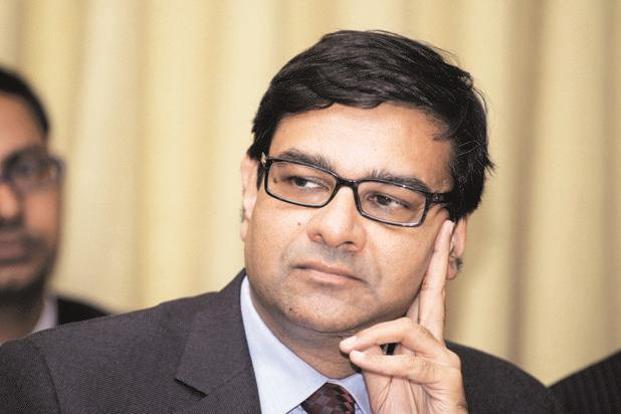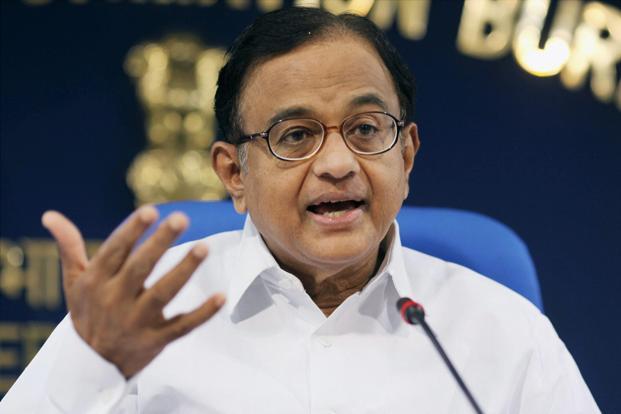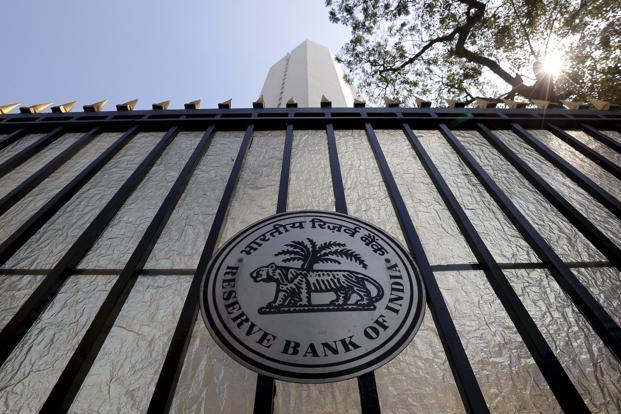The equity market shrugged off the 10% LTCG tax (the smart move of sparing all gains up to 31 January 2018 prevented a sell-off) proposed in the budget, but the bond market could not stomach the fiscal slippage. The yield on 10-year benchmark paper fell 18 basis points to 7.605% as prices dipped. Bond yields and prices move in opposite directions. One basis point is one-hundredth of a percentage point.
I am sure the Reserve Bank of India (RBI) wouldn’t love this budget. It may probably welcome the Rs2 cut in excise duty on petrol and diesel (this is not part of the budget) but will find it difficult to accept many things that will have an impact on inflation and macroeconomic stability.
One such “historic decision” is to keep the minimum support price for kharif crops at least at one-and-a-half times their production cost. Since production cost is not fixed, the impact cannot be quantified at the moment, but it will put pressure on inflation for sure. Food prices roughly have little a less than 50% share of the retail inflation basket and cereals have 10%. This measure will have an impact on the cereal prices.
A couple of years ago, this government had refused to raise the minimum support prices for certain crops because that would have impacted food inflation. With general elections staring it in the face, sensitivity to macroeconomic stability—something the Bharatiya Janata Party-led National Democratic Alliance (NDA) government has been standing for—is missing in this budget. Its focus on health, education, infrastructure and agrarian distress is fine, but where will the money come from to support such an expansionary budget?
At first glance, the fiscal slippage is not disastrous but if one reads the budget document closely, one will end up feeling pretty apprehensive about the path ahead. The fiscal deficit has been revised to 3.5% of the gross domestic product (GDP) in 2017-18, from a targeted 3.2%. And the estimated fiscal deficit for 2018-19 is 3.3%, against the 3% target set under the Fiscal Responsibility and Budget Management Act.
Is there any guarantee that the government will be able to stick to the fiscal deficit target in 2018-19—a year when spending is high and revenue projections are very aggressive. Barring the proceeds for disinvestment that have been targeted realistically (Rs80,000 crore against Rs72,500 crore in the current fiscal year), other targets are pretty optimistic. We don’t know whether the government will continue to fine-tune Goods and Services Tax (GST) slabs next year and its impact on tax collections; the LTCG tax collection from equity sales will depend on market conditions. The government is expecting a Rs45,000 crore dividend from RBI in 2019 against Rs30,500 crore in the current fiscal year.
After all these, how much does the government plan to borrow from the market in 2019? Well, the gross borrowing programme is Rs6.06 trillion against Rs5.8 trillion in the current year. The calculation for the net borrowing programme is a bit complex because of buybacks of securities by the government.
So, there is only Rs26,000 crore in additional gross market borrowing by the government next year. What’s the big deal? Why are the bond yields rising? Well, these figures are not telling the entire story. There is more.
The government will borrow Rs1 trillion more through short-term treasury bills. Treasury bills under the so-called market stabilization scheme (MSS) had raised Rs1 trillion and they are coming up for redemption in March. Had the government not planned to soak them up, this money would have added liquidity to the system. The MSS bonds were issued by the RBI to absorb liquidity in the system after demonetisation, when the banking system was flush with money. The government has also raised its target of borrowing from the national small savings funds—from Rs14,000 crore in 2018 to Rs61,000 crore in 2019.
For global investors, the NDA government stands for three things—structural reforms, and macroeconomic and political stability. The first phase of structural reforms is probably over and it’s time for consolidation; political stability continues but one can see the first signs of cracks on the macroeconomic front. No one will dare to talk about a cut in interest rates now. We would need to watch out for a rate hike by the RBI—may be in the second half of the next fiscal year.



